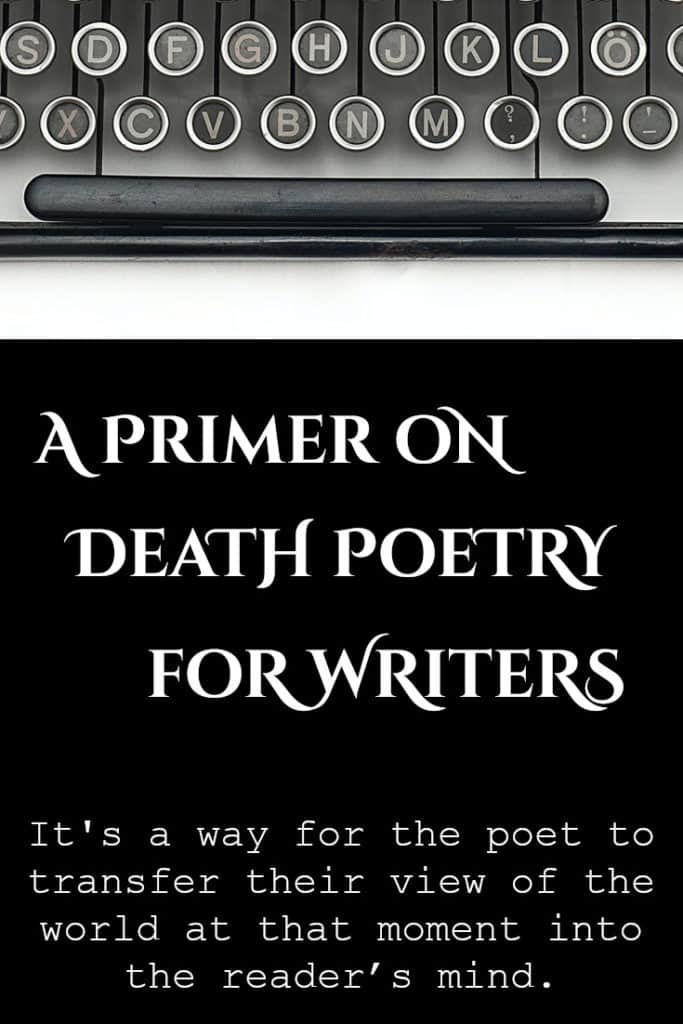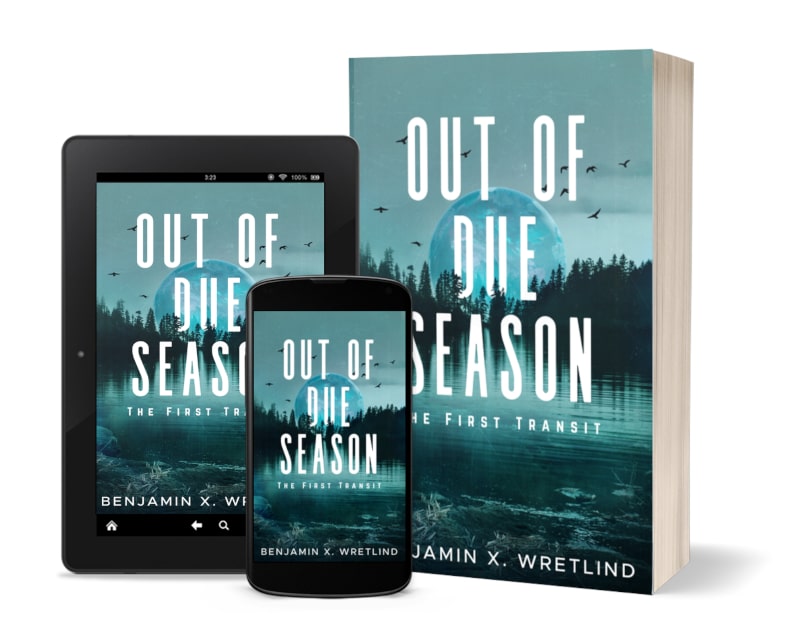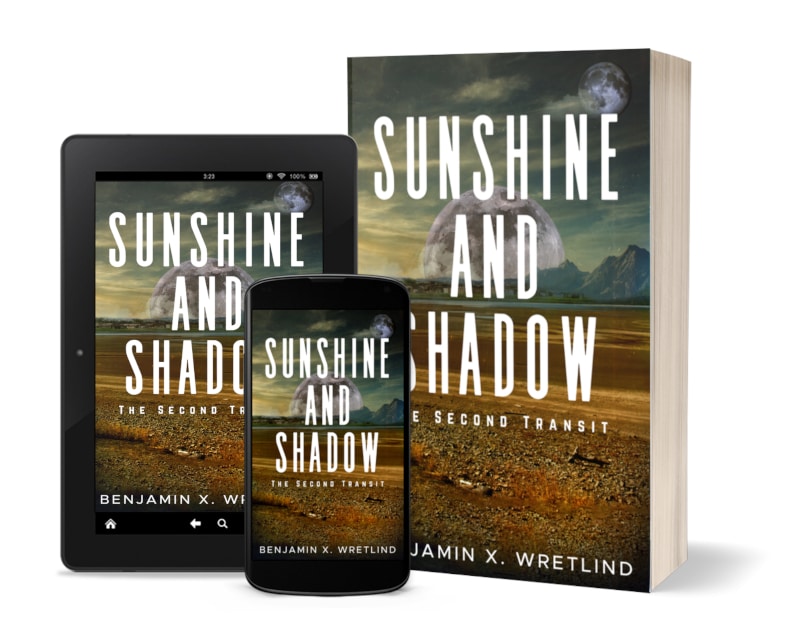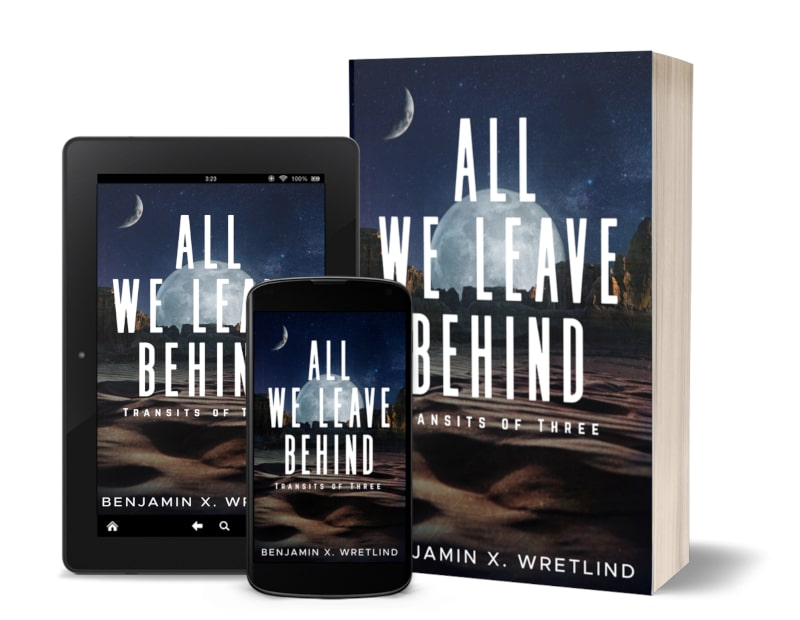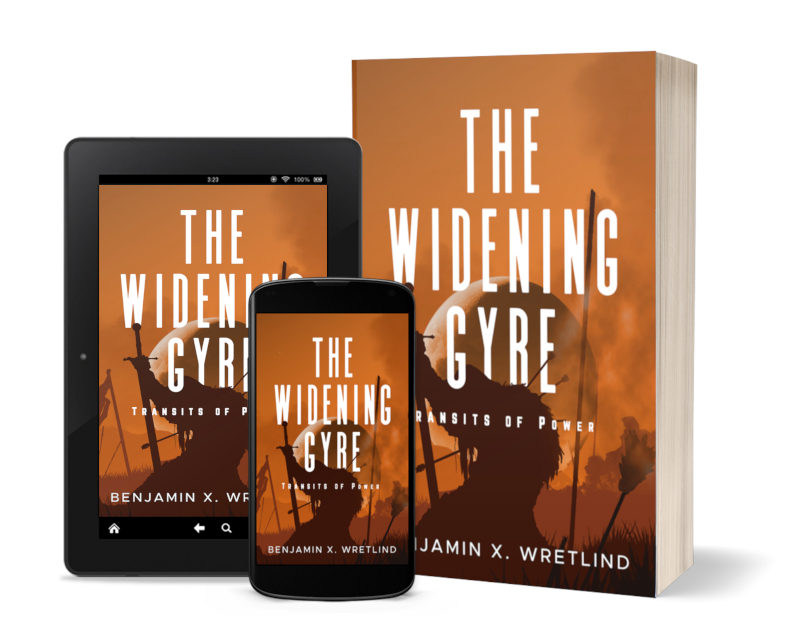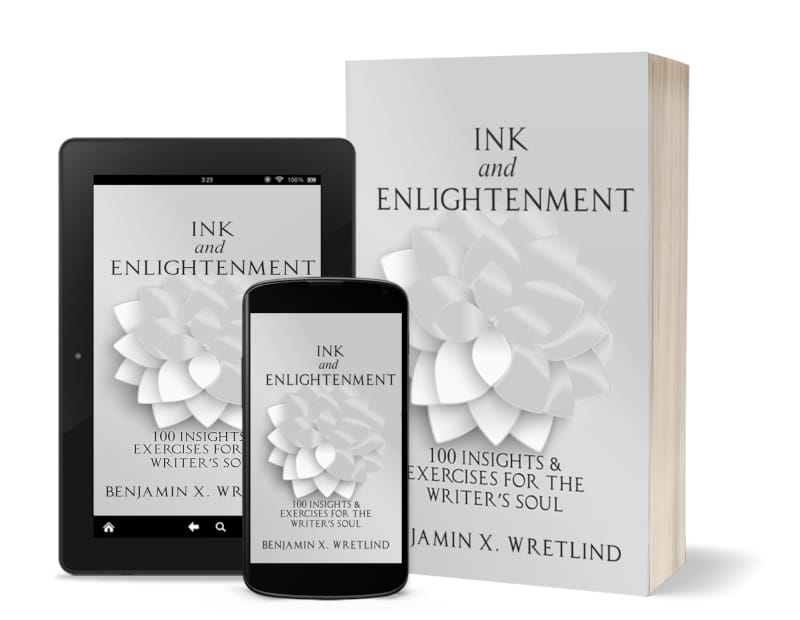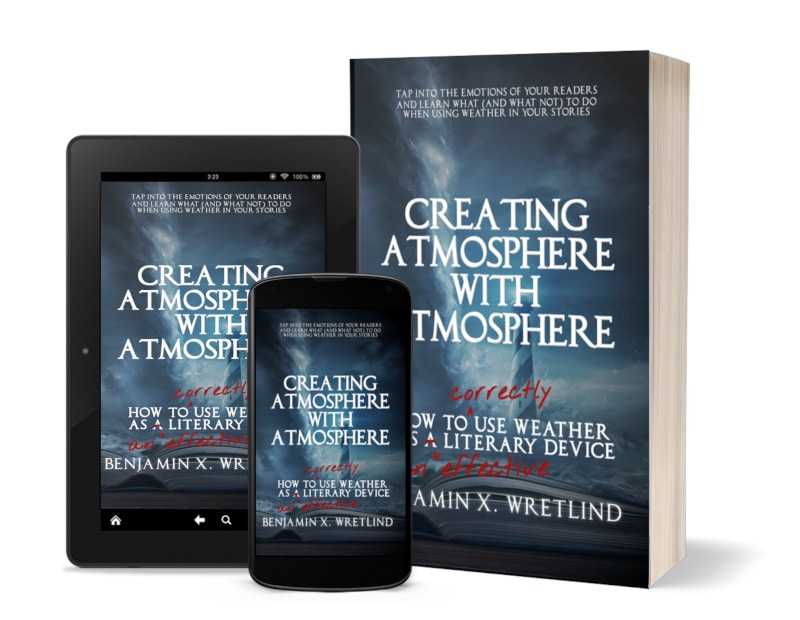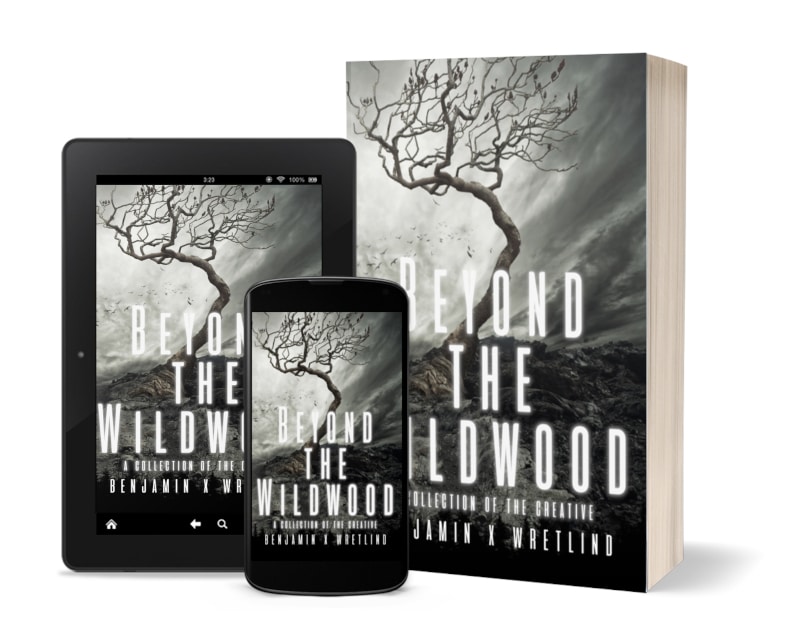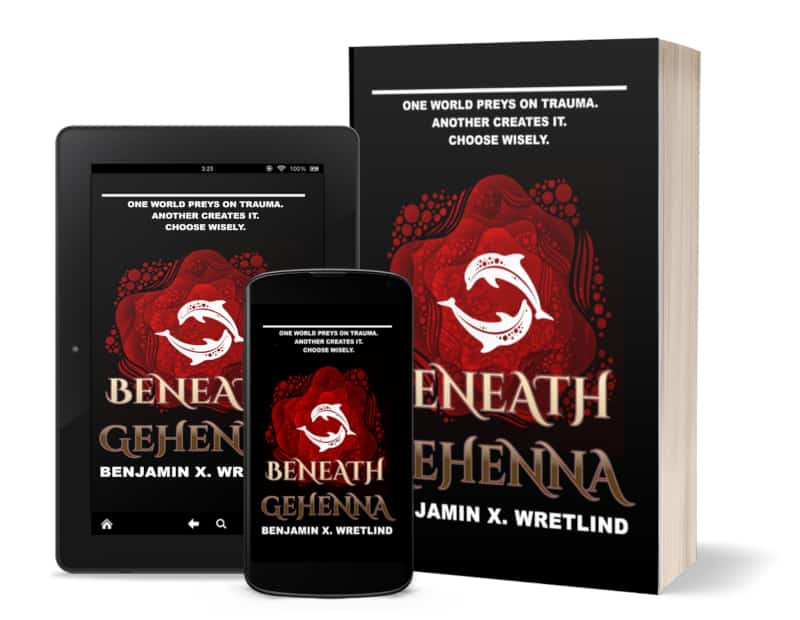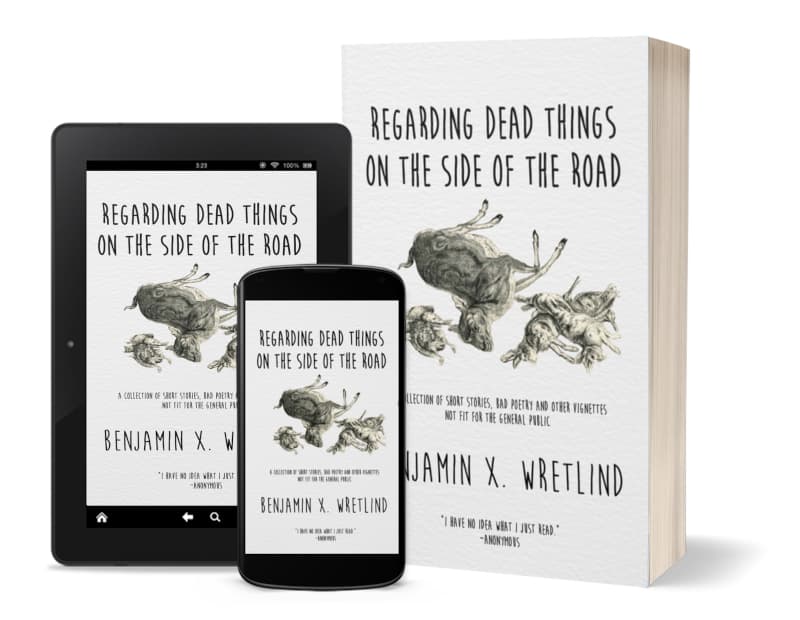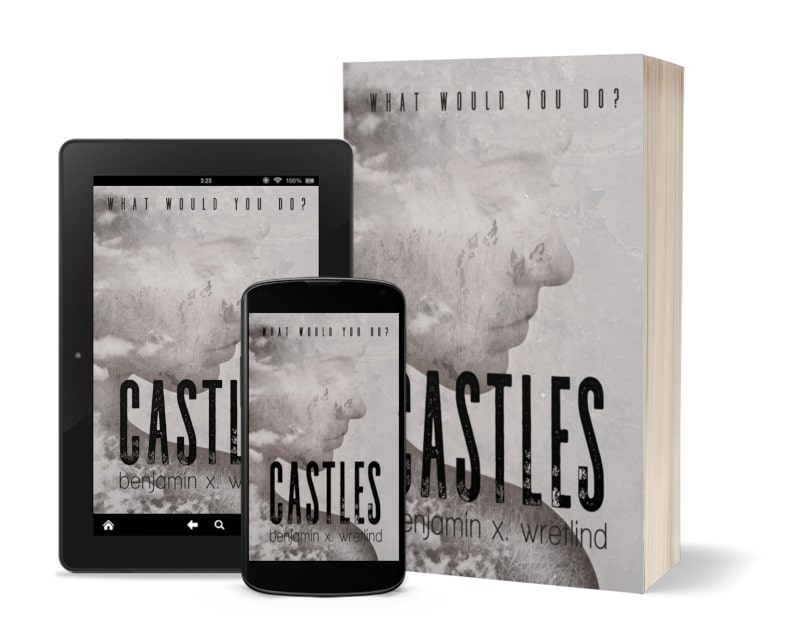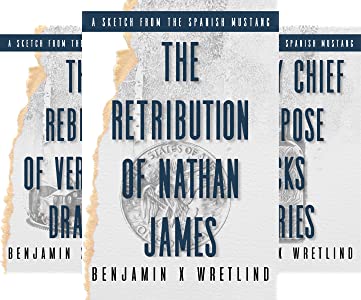A Primer on Death Poetry for Writers
I have been looking through various works-in-progress, those novels that–for whatever reason–were abandoned on the side of the road while the mind went looking for a gas station down the street. One of them, Driving the Spike, made me think of two of my favorite reads: Stephen Crane and Japanese Death Poems, as presented in a book compiled by Yoel Hoffmann. It’s all about death poetry.
What exactly is Japanese death poetry?
First, let me state openly that my storehouse of poetry is growing. I haven’t always been in the mood to write poems, and for years, maybe decades, I stayed away. The problem I found was both with my attitude and my understanding of what it is a poem is designed to do. In its simplest form, a poem is meant to convey the artist’s view of the world on the reader. Writing poetry, therefore, is an attempt to put thoughts down in ways that are accessible and (hopefully) lead to more than one interpretation.
Haiku is poetry in small bites. The simple 5-7-5 syllabic rule of the poem lends itself to tight expression that must work quickly, like a stab in the chest with a sharp knife or a quick peck on the cheek that leaves a lasting impression. The Japanese have historically been the haiku masters; haiku is, after all, a Japanese invention. However its birth was from the slightly longer tanka (5-7-5-7-7) and Chinese influence in the first millennium was key to its creation.
I won’t bore you with the history of haiku or tanka, but I will recommend The Haiku Handbook by William J. Higginson and Penny Harter. It’s a good introduction to how to write, teach and appreciate haiku.
So, back to Japanese Death Poems for a minute.
The Japanese are known to embrace death as very much a part of life. In that vein, many Zen monks and others wrote what is known as jinsei, the “death poem.” These tanka and haiku are typically written in the last days or moments before life ends, and in the tradition of haiku, they often reference seasons or natural elements. Some, however, do not.
For example, Kozan Ichikyo, who died in 1360, wrote the following just before he died (the translation is by Hoffmann):
Empty-handed I entered the world
Barefoot I leave it.
My coming, my going–
Two simple happenings
That got entangled.
Basho, well-known and perhaps one of the greatest haiku poets, wrote this just four days before he died in 1694:
On a journey, ill:
My dream goes wandering
Over withered fields
Within the jinsei of many Japanese poets, there are allusions to season, to weather, or the time of the year in which death occurs. So rather than come out and say “I am dead by fall,” a poet might “walk the path of maple leaves.” It’s not a challenge the poet is leaving behind, though (i.e., “figure out when I died”) but a way for the poet to transfer their view of the world at that moment into the reader’s mind. It’s this particular idea that I find fascinating: there are times when I can see the moment of death in just a few words.
Of course, there are other times when it becomes a challenge to know when a poet wrote his or her last haiku. Shiki, who died in 1902, wrote of two-day old loofah water. Unless you’re in the know, the sap from the loofah vine is traditionally pressed on the fifteenth day of the ninth month and was once used as a remedy for cough. That tidbit of information might help you understand that Shiki, who had tuberculosis, died in mid-September.
Of course, I didn’t know this tidbit of information (who would?) and it was initially just an interesting haiku.
Loofah water
from two days ago
left still untouched
What is presented in Japanese Death Poems is not morbid. These Zen monks and haiku poets often welcomed death and gave us their view of the world at that moment. While we could read a thousand poems which express grief or disappointment, we instead read welcoming thoughts imbued with touches of happiness or satisfaction. Death, therefore, is a welcome end to a long life.
The book has interestingly become a catalyst to my own thoughts about death as it relates to characters within those previously mentioned works-in-progress. Death is not a theme of Driving the Spike but rebirth is. In order to achieve rebirth, however, death must play, and it does so in ways that allow the reader to view the moment of death not as a moment in time to be regarded as an end, but a moment in time to be regarded as a continuation.
The book (and my soul-migrated, internal Stephen Crane) has also given rise to glimpses of the thoughts of my characters which may or may not appear in the final work. For one such character–Claire, a dying mother of three boys–the moment of death is glory and hope, not despair.
Over the mountains
A Cheshire moon grins brightly
Red skies in the west


